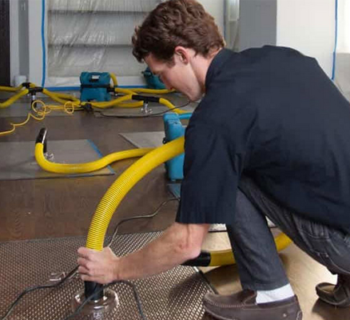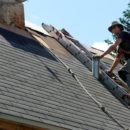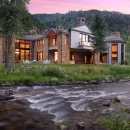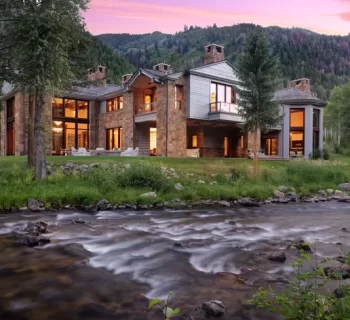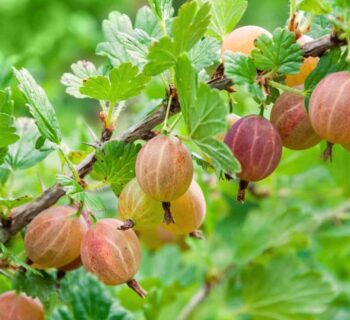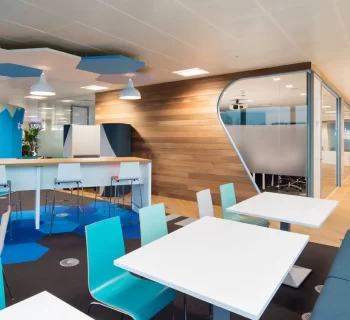When you learn the purposes of different landscaping elements, you can design a space that is truly breathtaking and inspirational with the help of gravel delivery waverly ne. In most categories of landscaping materials, you actually have many choices, such as a barrier, grouping plants and sectioning off different areas in your lawn.
Landscape Materials for Texas 101
When you are making a landscaping plan for your property, you can finalize your plan by refining spaces into definite shapes and using materials that satisfy the most of your needs as possible. A great landscape design includes hard and soft elements, barriers, the use of wood, concrete and gravel and plantings of native plants that do best in your area.
Visual Barriers
Sometimes you may want to choose non-living materials such as a fence for a visual barrier rather than living materials such as a hedge. Both of these types of materials will provide privacy, but take into consideration that the hedge may need to grow for quite some time to serve its purpose, whereas a fence serves the purpose of a barrier immediately. If space is limited, then a fence may be a better option. Maintenance can also be of concern, because hard elements require little maintenance and living barriers may require watering and trimming.
One of the major goals in landscaping is to create a visual relationship between your house and the entire site. If your house is already built, you can still do a great job of relating it to the property surrounding it. Some manners to make it relate are using plants that grow naturally on the site. You may decide to repeat the architectural lines of your home in the environment. Some examples of this include a stone home with a stone retaining wall or a wooden fence for a home with wood shingles.
Grouping Plants for Emphasis
When you repeat using the same plantings throughout your property, they should be grouped to add emphasis. Planting several dogwood trees and just scattering them around doesn't look aesthetically pleasing. Instead, you can choose to plant different types of plants, but group them together. A great plan for a front yard is to line your driveway with azaleas. You can then plant dogwoods in a grouping on the other side of the property as a natural barrier. You may decide to plant some liriope in a flowerbed near the front door and add colorful annuals in the flowerbed throughout the year for interest all year long. You don't have to repeat the same colors to get a big wow factor from groupings. It's very popular to line a driveway on both sides with crape myrtles in a succession of colors, such as purple, bright pink, light purple, light pink and then white and repeat them again. In this case, you want to make sure that the succession has the same color blooms across from each other to make this theme work right. The only downfall to this is that if one tree fails, you will need to replace it and it will likely be shorter than the others are and look odd. When you group your plantings, you will also have the same sunlight, fertilization and watering needs in one area to make growing your space much easier and more successful.
Planting Trees for Shade
When you plant appropriate mature size trees for shade trees you know that they will be neither too small or too large for the size of your home. Evergreen trees are usually planted farther away from the home and deciduous trees are usually planted close to the home. When you place the trees properly in your landscape, it can drastically lower your energy consumption for both heating and cooling your home in a reduction of your costly utility bills.
Complementing the Structure
Your goal is not to separate the house from the property by planting a ring of plants or foundation plantings. Instead, you want to complement the architectural features of your home. It always looks new and calculated to have flowerbeds or plants near the front entrance of your home and you should consider extending the plantings across the front of the structure and around a corner onto the side yard.
Providing Privacy
Don't plant trees or shrubs all around the property lines of your site, but instead only use screening plantings where they are needed. Great areas include privacy to exposed traffic to soften traffic sounds and other areas that have a lot of neighborhood activity. You can use plantings and you and also use fences for privacy. A wire fence with climbing vines makes a great addition to any property.
Soften the Hard Areas
Your hard areas such as a driveway and sidewalks serve a purpose of aiding in circulating people throughout your property. If you add hedges, border grasses or other materials, they may become too prominent and the other great aspects in your design will not be as evident. You should use enough materials to soften large areas of pavement but allow the lawn grass to actually meet the pavement in most areas. This technique will soften the pavement areas in your lawn.
Allowing Space for Great Growth
If you are using shrubs in front of your home, you should allow enough space to allow for their natural growth. As a rule of thumb, no shrub should be placed any closer than three feet from the home unless it is a groundcover or it uses the wall for its support. You have to do diligence and know how large plants will grow--just because they start out small in a nursery doesn't mean they will only grow a bit more to full maturity. Knowing the mature size of all your plantings can help you to space them out enough so that they won't be crowded or in competition for water needs. Your plants should compliment your home, not cover it up. It is also a great idea to choose plants that need a lot less maintenance unless you plan to work in the yard every weekend.
Screening Service Areas
All properties have some small amount of service areas, such as clotheslines, garbage containers or tool storage areas. Service areas may also be a dog run, a composting bin or pile or other material and equipment for managing your yard waste. You want to screen these areas off so they are not highly visible on your property. You could use fencing to screen these service areas off, but that actually makes them stand out more as something you are trying to hide. The best idea is to use shrubs to make a soft screen instead. You can use the same plantings for all of your service areas and repeat it on the front property line to screen off traffic in the road.
Using Native and Well Adapted Plants
When you choose native and well-adapted plants and trees, they can do best at withstanding weather extremes in your area. They will also need less supplemental irrigation, be more resistant to insects and diseases and require little maintenance as well. Native plants do a great job in relating a structure to the property.
Learning about all of the different aspects in landscaping and the best manner to use them in can help you to design a beautiful and functional landscape design for your home.






